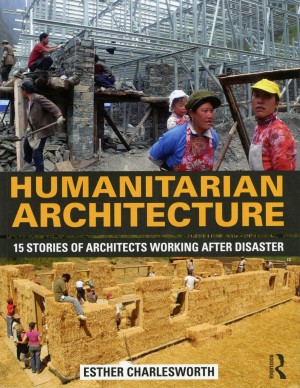by Esther Charlesworth
This book documents and analyses the expanding role for architects in designing projects for communities after the event of a natural disaster. The fifteen case studies featured in the body of the book illustrate how architects can use spatial sensibility and integrated problem-solving skills to help alleviate both human and natural disasters. The cases include:
The interviews and supporting essays show built environment professionals collaborating with post-disaster communities as facilitators, collaborators and negotiators of land, space and shelter, rather than as ‘save the world’ modernists, as often portrayed in the design media. The goal is social and physical reconstruction, as a collaborative process involving a damaged community and its local culture, environment and economy; not just shelter ‘projects’ that ‘build’ houses but leave no economic footprint or longer-term community infrastructure. What defines and unites the architects interviewed for Humanitarian Architecture is their collective belief that through a consultative process of spatial problem solving, the design profession can contribute in a significant way to the complex post-disaster challenge of rebuilding a city and its community.
London, 2014, 24.5 x 19cm, illustrated, 264pp. Paperback.
